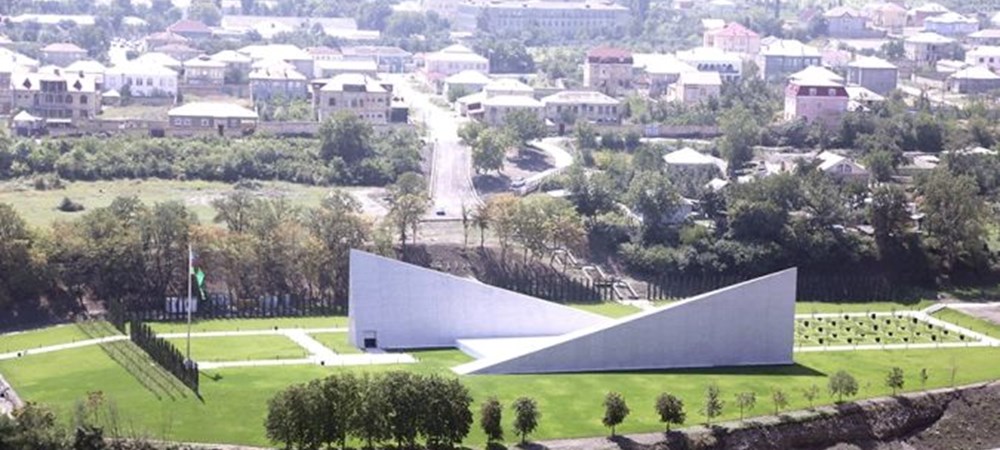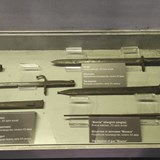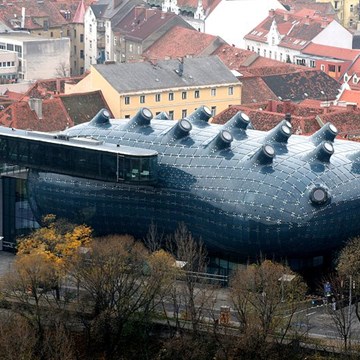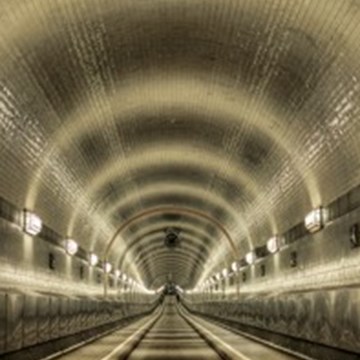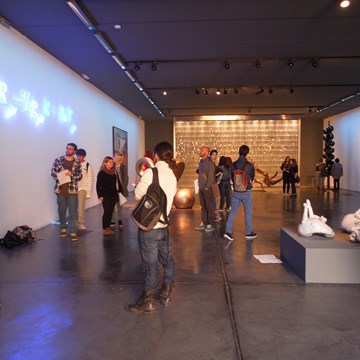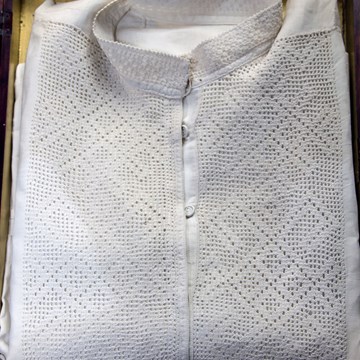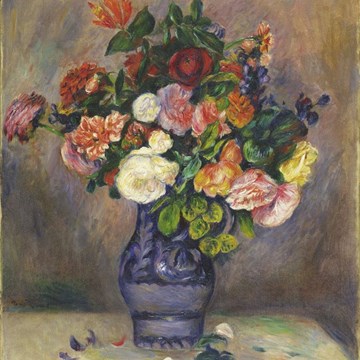Genocide Memorial Complex in Guba city
The Memorial Complex was constructed in Guba city in 2012-2013 and opened in 2013.
Construction of the Memorial Complex and creation of the Genicide Museum was carried out by the Heydar Aliyev Foundation. The entrance part of the Complex contains expositions about various parts of Guba, construction works in this area and lifestyle of Guba population in early twentieth century. And there is a special section about the history of Azerbaijan Democratic Republic (ADR) and interesting photos belong to it. A special map on the touch screen monitor installed in the complex reflects information in different languages about the genocide committed by Armenians against our people in various regions of the country in the last century. There is a corner of the works carried out by national leader HeydarAliyev to deliver world community the policy of genocide against Azerbaijanis and disposals signed for it. There is full information about atrocities committed by Armenians in Guba, Javad, Goychay, Shamakhy and Baku. The museum also contains information about population and protectors of the areas, documents and photos of the Extraordinary Investigation Commission belong to the Muslim massacres and documents of the Azerbaijani delegation at the Paris Peace Conference. There are photos of mass grave, cold weapons and other items which were found during excavation work, so the views of public, political, state and military figures from Azerbaijan, Iran, Great Britain and other countries on the genocide committed by Armenians against Azerbaijanis and photos of the Caucasian Islamic Army. The step, taken by the HeydarAliyev Foundation to perpetuate the memory of the victims, is historically significan.
The exposition of the Memorial Complex reflects the Decree signed in 1998 by the great leader HeydarAliyev – To proclaim the 31st of March as a day of Azebaijanis massacre. It states that missions which couldn’t be finished by the EIC, was completed by the independent Azerbaijan state. In 1998 it was the first time, when the genocide was given legal and political point. These facts were hidden from us, as history had been distorted in the Soviet Union period. For many years, criminals, as Shaumyan and others who carried out bloodshed of the Azerbaijani people had been presented to us as heroes. It’s a terrible tragedy. Because the elements that committed atrocities against our people for many years were presented as heroes in Soviet Union history, and monuments were erected in their honor. Only during independence we could regain justice. We cleaned our beautiful city – Baku, from these monuments, and today there are beautiful parks, including the Coastal Park. And justice has triumphed. Today we are going back to our history. We know and we need to know all the details of our history. The younger generation should also know what disasters our nation has faced in the past. The Armenians could show their predatory faces in various parts of history, because Armenian fascism was not properly evaluated at that time.
The monument consist of three parts: two structures resembling a sharp-end knife with entry and exit and the main hall with a memorial stone in the centre, Brutal cruelty of the genicide is heartbreaking and causes severe pain. The sharp angles of the monument express the severity of the sufferings. Their way to the surface from under the ground simbolizes the impossibility of hiding the truth. Overall , the entire monument is made of gross-concrete, and regular colour granite was used in the gallery-tomb. Becouse of the serious and dramatic tension, heaviness, and sorrow of the genocide the architects specifically avoided the use of decorations and ornaments as a sign of honour to the victims of the tragedy. They tried to express the weakness and silence caused by the events through simplicify and resraint.
Exhibitions and events
Virtual exhibitions
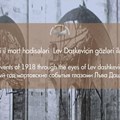
A virtual exhibition of photographs by Belarusian photographer Lev Dashkevich
Permanent exhibitionA virtual exhibition of photographs by Belarusian photographer Lev Dashkevich was presented to the followers by the staff of the Genocide Memorial Complex via Artsteps / 18 December, 2020 In order...
Educational programs
We don't have anything to show you here.
Collections
Articles
The independent Republic of Azerbaijan is the legal successor of the Azerbaijan Democratic Republic.
On 28 May 1918, the National Council of the Azerbaijan Democratic Republic signed the Declaration of Independence, declared the independence of Azerbaijan to...
May 18 - International Museum Day
May 18 - International Museum Day The day celebrated this year under the motto ” Museums, Education and Research", emphasizes the fundamental role of museums...
April 18th marks the International Day of Monuments and Historic Sites.
April 18th marks the International Day of Monuments and Historic Sites. The Keygubad Mosque is situated in the upper courtyard of the Shirvanshahs palace...
The Anig Village Mosque. April 18 is the International Day of monuments and historical sites
April 18 is the International Day of monuments and historical sites The Anig Village Mosque stands prominently at the heart of Gusar village in Azerbaijan,...
Momina Khatun sepulcher. April 18th is the International Day of Monuments and Historic Sites.
Momina Khatun's sepulcher stands as a significant historical and architectural edifice situated within the environs of Nakhchivan city, located in the...




